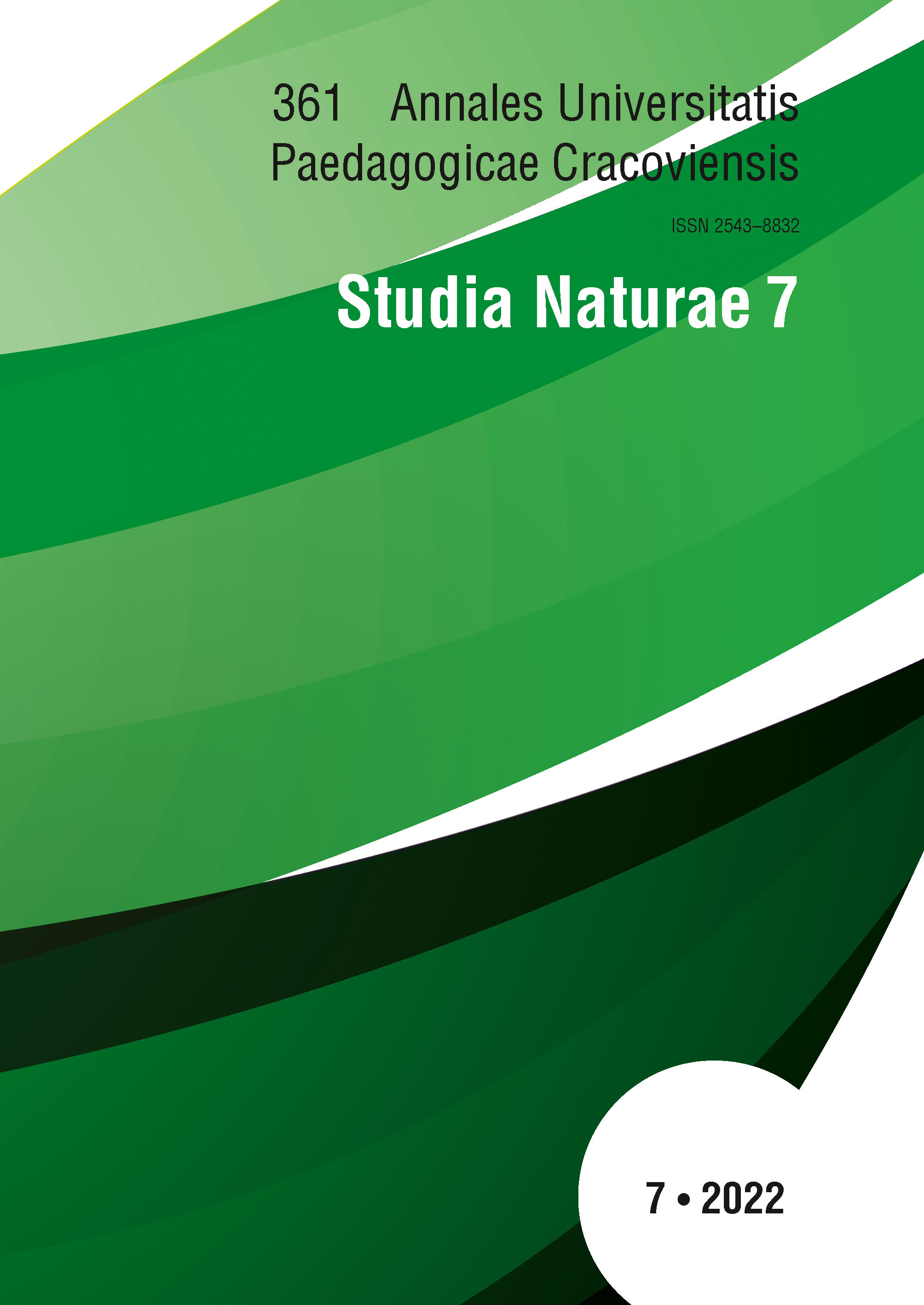Birds of Behali Wildlife Sanctuary, an Important Bird Area of Assam, India
DOI:
https://doi.org/10.24917/25438832.7.6Keywords:
Behali Reserve Forest, bird sanctuary, threat status, residential statusAbstract
The avian diversity of Behali Wildlife Sanctuary, an Important Bird Area IN-AS-05 (A1 and A3) is documented here. A total of 283 species of birds belonging to 21 orders, 69 families, and 194 genera were recorded. The study recorded one critically endangered species, 2 endangered species, 7 vulnerable species, 13 near threatened species and 260 species were least concern. Distribution of birds within the reserve forest and IUCN Red List Categories of them are also provided here.
Downloads
Metrics
References
Baruah, M., Sharma, P. (1999). Birds of Kaziranga National Park. Forktail 15, 47–60.
Baruah, M., Sharma, P. (2005). The birds of Nameri National Park, Assam, India. Forktail 21, 15–26.
BirdLife International (2021). IUCN Red List for birds. Cambridge, UK: BirdLife International. Downloaded from http://www.birdlife.org on 27/04/2021.
Borah, D., Das, B., Tangjang, S., Das, A.P., Khapugin, A.A. (2021). Assessment of woody species diversity and composition along a disturbance gradient in Behali Reserve Forest of Biswanath district, Assam, India. Ecological Questions 32(1), 1–25. http://dx.doi.org/10.12775/EQ.2021.009
Borah, D., Tangjang, S., Das, A.P., Kafley, P. (2020). Native vascular flora of Behali Reserve Forest (Assam, India) with global IUCN Red list assessment of two endemic species. Contribuţii Botanice 55, 27–48. https://doi.org/10.24193/Contrib.Bot.55.2
Borah, D., Kakati, R., Kafley P., Das D., Das N., Borkakati S., Saikia N.K., Bhujel R. (2021). Journey of a forest towards extinction: a multi-perspective approach for the demand to declare Behali Reserved Forest as a wildlife sanctuary. Zoo’s Print 36(10), 01–09.
Chakdar, B., Singha, H. & Choudhury M.R. (2019). A Bird community of Rajiv Gandhi Orang National Park, Assam. Journal of Asia-Pacific Biodiversity 12, 498–507.
Choudhury, A.U. (2000). The Birds of Assam. Guwahati: Gibbon Books & WWF-India NE Region.
Collar, N.J., Andrew, P. (1988). Birds to Watch: The ICBP World Check-List of Threatened Birds. International Council for Bird Preservation: Technical Publication, No. 8, pp. 1–303.
Datta, S. (2013). A handbook on bird watching of Assam. Guwahati: Bhabani Press
Devi, S.O., Saikia, P.K. (2010). A Checklist of Avian fauna of Gibbon Wildlife Sanctuary, Jorhat District, Assam. NeBio 1(3), 1–7.
ENVIS (2011) Environmental Information System Centre on Wildlife & Protected Areas, Ministry of Environment & Forests, Govt. of India. http://wiienvis.nic.in/database/iba_8463.aspx. Downloaded on 09 July 2020.
Grewal, R., Bhatia, G. (2014). A Naturalist’s Guide to the Birds of India. Malaysia: Times Press.
Grimmett, R., Inskipp, C., Inskipp, T. (2000). The Pocket Guide to the Birds of Indian Subcontinent. Delhi: Oxford University Press.
Grimmett, R., Inskipp, C., Inskipp, T. (2011). Birds of the Indian Subcontinent. 2nd ed. London: Oxford University Press & Christopher Helm.
Islam, M.Z., Rahmani, A.R. (2004). Important Bird Areas in India: Priority sites for conservation. Indian Bird Conservation Network, Bombay Natural History Society and Birdlife International (UK). xvii + 1133 pp.
IUCN (2020). The IUCN Red List of Threatened Species. Version 2020-2. https://www.iucnredlist.org. Downloaded on 09 July 2020.
Kafley, P. (2016-17). A glimpse on the biodiversity of the Behali Reserved Forest. Pp 110-120 in Upadhaya S.A., ed. Atobi, a souvenir published on the occasion of the centenary celebration of Behali Reserved forest. Bedeti: Nature’s Bonyopran.
Lepage, D. (2016). Avibase: the world bird database. Website URL: www.bsc-eoc.org/ avibase/avibase.jsp. Accessed on 20 February 2021.
Mahanta, N., Saikia, P.K, Saikia, M.K. (2019). Avifaunal Assemblages of Jhanjimuk-Kokilamukh IBA Complex of Jorhat Assam India-A Potential Ramsar Site of Assam. Applied Ecology and Environmental Sciences 7(3), 101–109.
Praveen, J., Jayapal, R., Pittie, A. (2016). A checklist of the birds of India. Indian Birds 11(5 & 6): 113–172.
Rahmani, A.R., Islam, M.Z., Kasambe, R.M. (2016). Important Bird and Biodiversity Areas in India: Priority Sites for Conservation (Revised and updated). Bombay Natural History Society, Indian Bird Conservation Network, Royal Society for the Protection of Birds and BirdLife International (U.K.), xii + 1992 pp.
Saikia, P.K., Saikia, M.K. (2011). Present distribution, status, and ecology of White-winged Wood Duck and Hornbills in Nameri National Park, considering the tropical forest disturbances of Assam. Zoo’s Print 26(11): 1–11.

